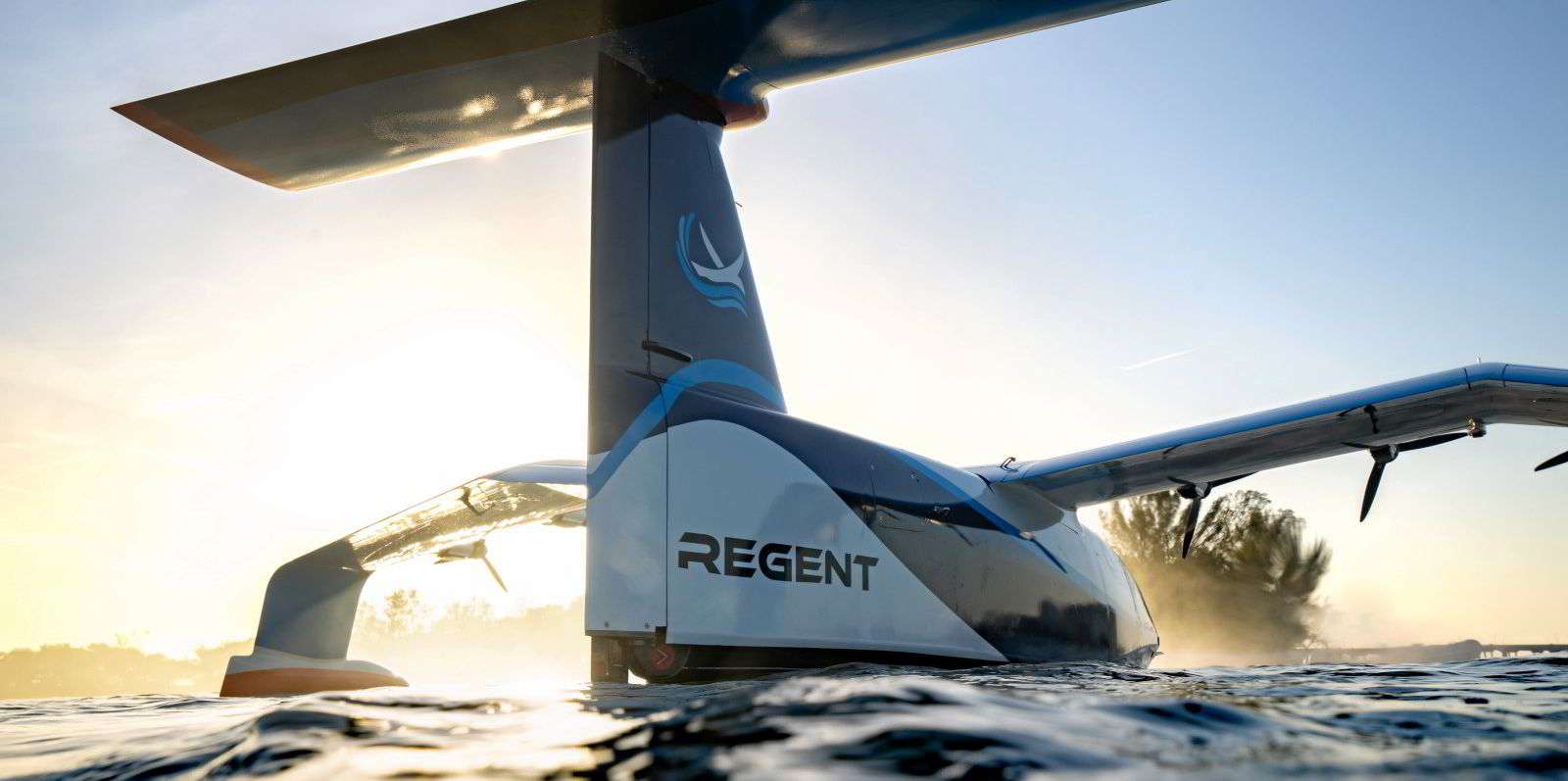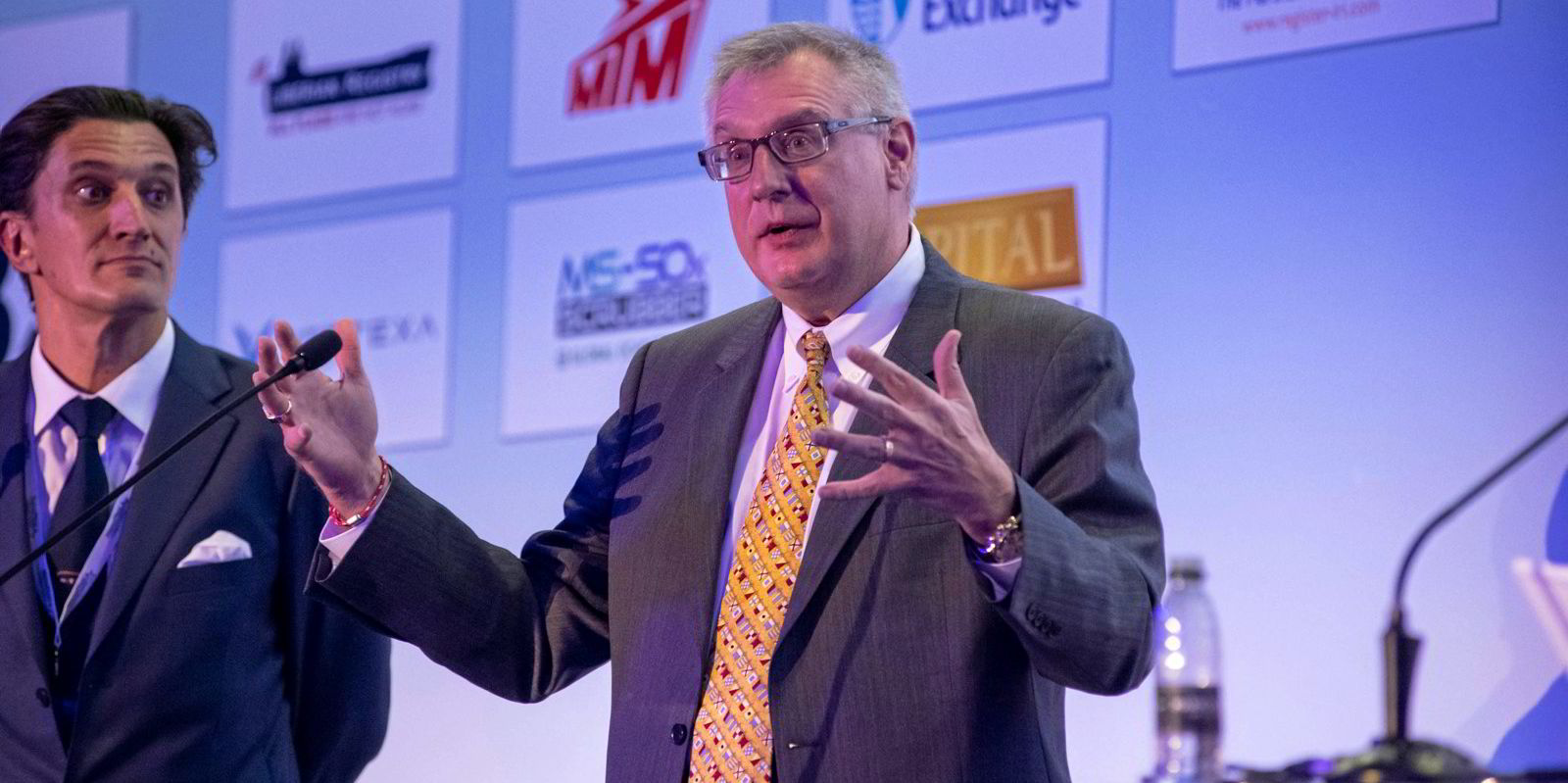In the 1960s and 1970s, the Soviet Union’s Central Hydrofoil Design Bureau developed a series of craft that blurred the lines between aeroplanes and ships.
The ekranoplans, as they were called, were wing-in-ground-effect (WIG) vehicles that flew just above the water.
But other than the A-90 Orlyonok, which saw three units put into limited military transport use, the ekranoplans did not really take off, figuratively speaking.
So what makes Regent Craft’s Viceroy and Monarch seagliders different from the WIG vehicles that came before them, other than the all-electric design that will make them emissions-free?
Regent chief executive and co-founder Billy Thalheimer told TradeWinds that a seaglider is a type of WIG that can do things that are beyond the capabilities of previous types of ground-effect vehicles.
“That is really imbued by the float-foil-fly operations: board at the dock like a boat, foil through harbour like a hydrofoil ferry, and then this ability to take off directly from the hydrofoils into the air — into ground effect,” he said. “No one has been able to put all these three modes together.”
Operating on hydrofoils is a key operational advantage, as it will allow the seagliders to manoeuvre in busy harbours until they reach open waters, where it is safer to speed up to take-off speeds.
Ekranoplans and other WIGs did not have the manoeuvrability of that hydrofoil mode, and instead took off directly from their hulls.
Bumpy rides
They also suffered to low wave tolerance, which leads to a bumpy ride at best and the inability to fly when waves are at their worst. And prior WIGs had an unenviable safety record and could be difficult for pilots to handle.
The hydrofoil is also expected to tackle those problems, as well.

Once in flight, digital flight controls will take over, so the master mariners at the helm will not need to learn to fly.
“We have very robust digital flight controls and sensors, and so we abstract away all the aeroplane stuff — the roll and the pitch and the altitude, even the transitions between these floating, foiling and flying modes,” Thalheimer said.
“All of that [is] automated, controlled by the digital flight control system so that all that is left for the captain is boat controls.”




